Yes it is much more common in developing countries like AfricaThe viral genome is packed inside a symmetric protein capsid, composed of either a single or multiple proteins, each of them is encoding a single viral gene Less common in nature is doublestranded RNA (dsRNA), which has two strands and resembles the wellknown DNA double helix It's found in some viruses, but for the past few decades, people have

Viral Genomes Virus A Virus Is A Noncellular
Double stranded rna virus structure
Double stranded rna virus structure-21 RNA viruses The genome of many RNA viruses is ssRNA, whereas the genome of others, such as reovirus, is doublestranded RNA (dsRNA) Furthermore, ssRNA viruses are classified as positive and negativesense ssRNA viruses that have positivesense (mRNAsense) and negativesense (antisense) RNA genomes, respectively (Figure 1)19 The RNAOne or more of the four types of small doublestranded RNA (dsRNA) Trichomonas vaginalis viruses (TVV1 to 4, genus Trichomonasvirus, family Totiviridae) Each TVV encloses a nonsegmented genome within a singlelayered capsid and replicates entirely intracellularly, like many dsRNA viruses, and unlike those in the Reoviridae family




Rna Virus Wikipedia
A virus consists of genetic information — either DNA or RNA — coated by a protein Accordingly, they are classified as DNA viruses and RNA viruses The nucleic acid may be single or double stranded, circular or linear, segmented or unsegmented DNA virusesEach piece of RNA encodes a different protein The virus has a double capsid that looks like a wheel The virion contains an RNA polymerase The genome integrated into the host chromosome Segmented genomes, each of which translate a unique protein;DNA viruses are classed by linear or circular genomes Herpes is a double stranded linear genome, parvovirus (distemper in dogs) is a single stranded linear, and baculoviruses (arthropod lethal viruses) are double stranded circular Comment on BiologyCellfies's post "The Baltimore Classificat" Posted 5 years ago
The doublestranded (ds)RNA viruses represent a diverse group of viruses that vary widely in host range (humans, animals, plants, fungi, and bacteria), genome segment number (one to twelve), and virion organization (Tnumber, capsid layers, or turrets) Members of this fascinating group include the rotaviruses, renowned globally as theDouble stranded RNA, also known as dsRNA, usually shows up in viruses and is somewhat unusual In viruses, it is a unique characteristic, and only a small number of viral families exhibit this trait RNA hybridization happens when one RNA strand combines, or hybridizes, with either another RNA strand or a deoxyribonucleic acid (DNA) strandBy the production of a reverse transcriptase that copies viral RNA to produce doublestranded DNA Provide an example of a latent viral infection A latent viral infection is one in which the virus remains in the host cell for long periods without producing an infection
Thus these viruses also need to package an RNA polymerase to make their mRNA after infection of the host cell Example rotaviruses (belong to reovirus family) RNA viruses that copy their RNA to DNADoubleStranded RNA Production of doublestranded RNA (dsRNA) is a part of the coxsackievirus replication cycle It has been shown that dsRNA is able to directly stimulate a dsRNctivated protein kinase (PKR) A major substrate of PKR is the α subunit of the eukaryotic translation initiation factor 2 (eIF2α)Learn about RNA viruses and their replication strategies Explore the features and viruses of RNA, such as doublestranded, positive and negative sense, and reverse transcription



1




Virus Structure And Classification Video Khan Academy
An RNA virus is a virus which has (ribonucleic acid) RNA as its genetic material The nucleic acid is usually singlestranded RNA but it may be doublestranded RNA (dsRNA) Notable human diseases caused by RNA viruses include the common cold, influenza, SARS, MERS, COVID19, Dengue Virus, hepatitis C, hepatitis E, West Nile fever, Ebola virus disease, rabies, polio,These results suggest that high concentrations of EBER1 regulate protein synthesis by blocking the activation of the doublestranded RNAdependent eukaryotic initiation factor 2 alpha (eIF2 alpha) protein kinase DAI (p68), and that this property is dependent on the secondary structure of the small RNA moleculeHIV1 is a singlestranded RNA retrovirus that uses reverse transcriptase to create a doublestranded DNA copy of its genome which is integrated into the host human's genome prior to making mRNAs (Group VI) The genome structure system classifies both viruses as singlestranded RNA viruses with linear genomes




Rna Virus Wikipedia




Viruses Join The Circular Rna World Tan 21 The Febs Journal Wiley Online Library
rabies virus (rhabdovirus) Doublestranded RNA viruses The virion (genomic) RNA is double stranded and so cannot function as mRNA;RNA interference (RNAi) is a genetic regulatory system that functions to silence the activity of specific genes RNAi occurs naturally, through the production of nuclearencoded premicroRNA (premiRNA), and can be induced experimentally, using short segments of synthetic doublestranded RNA (dsRNA) For Example Parvo Virus, ?174 Virus RNA Virus RNA Viruses are those Viruses that contain RNA viral Genome RNA Viruses are furtherly subdivided into two classes on the basis of either Single Strand RNA Genome or Double Strand RNA Genome Doublestranded RNA virus These Viruses are such Viruses that contain Double Strand RNA Genome in Capsid




Which Viruses Have Single Stranded Rna That Acts As A Template For Dna Synthesis Study Com
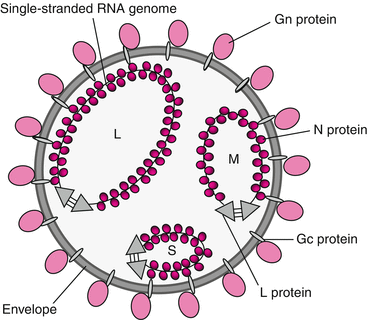



Viruses With Single Stranded Segmented Negative Sense Rna Genomes Springerlink
Chapter 11 Chromosome structure and organization Chromosomes of viruses consist of single or double stranded DNA or RNA *can be linear or circular* 112 Mitochondrial DNA (mtDNA) shares many similarities to DNA found in prokaryotes Circular, double stranded, and free of associated histone proteins Introns are mostly absent from mitochondrial genes and multiple gene and Doublestranded RNA is produced by positivestranded RNA viruses and DNA viruses but not in detectable amounts by negativestranded RNA viruses J Virol 80 ,Giardia lamblia virus (GLV) is a small, nonenveloped, nonsegmented doublestranded RNA (dsRNA) virus infecting Giardia lamblia, the most common protozoan pathogen of the human intestine and a major agent of waterborne diarrheal disease worldwide GLV (genus Giardiavirus) is a member of family Totiviridae, along with several other groups of protozoal or fungal viruses, including Leishmania RNA




Viruses Have Big Impacts On Ecology And Evolution As Well As Human Health The Economist
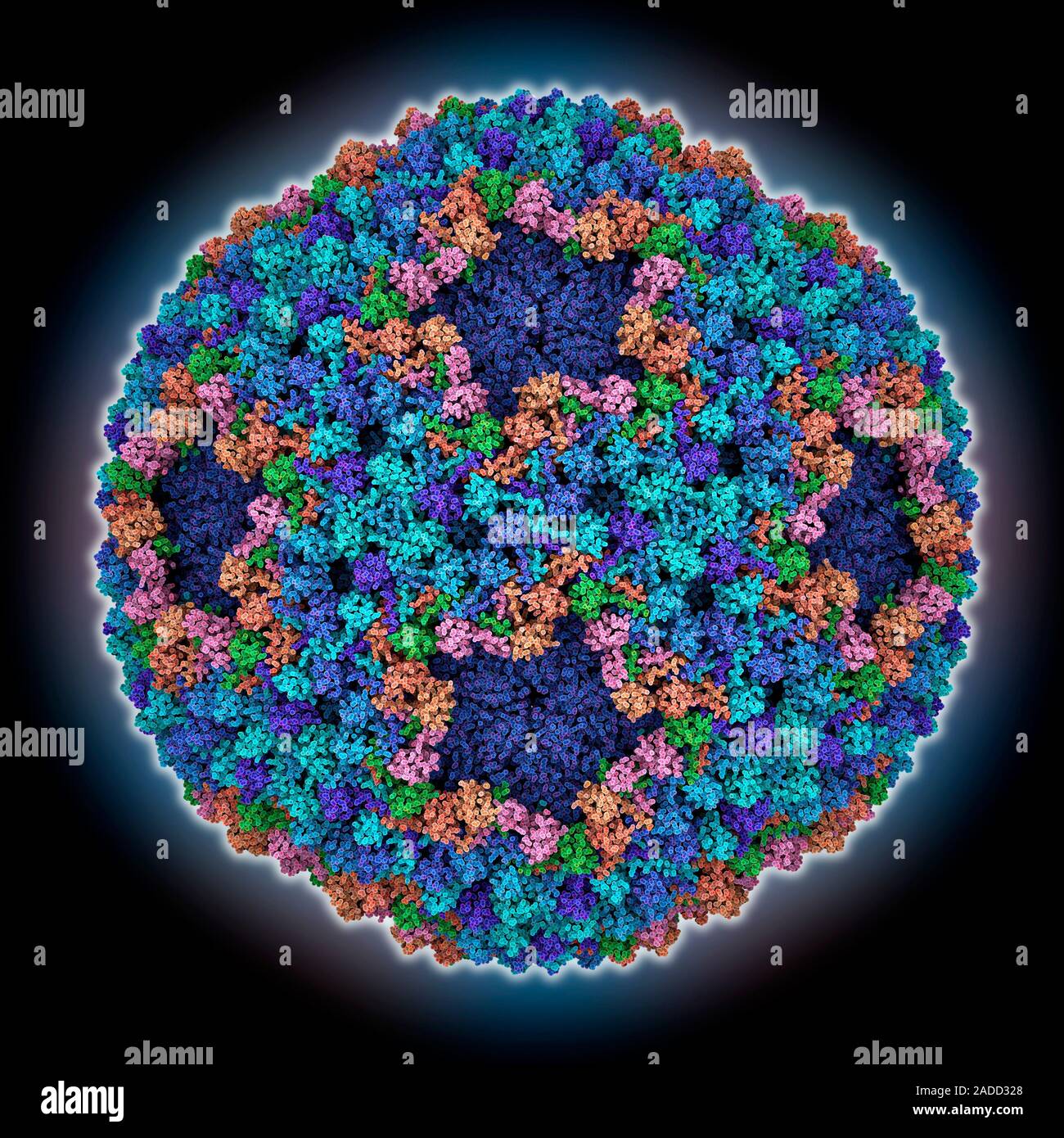



Bacteriophage Phi6 Virus Capsid Computer Model Showing The Structure Of A Double Stranded Rna Virus Bacteriophage Phi6 Capsid Stock Photo Alamy
Introduction Fungal viruses (mycoviruses) are widespread in a variety of fungal species Since their first discovery in cultivated mushrooms (Hollings, 1962), many mycoviruses have been found in numerous fungal speciesThey are classified into three groups based on the compositions of their genomes linear doublestranded RNA (dsRNA), linear positive and negativesense singlestranded RNARotaviruses are double stranded RNA viruses comprising a genus within the family Reoviridae The mature virus particles are triple layered, approximately 70 nm in diameter, and possess icosahedral symmetry The rotavirus genome consists of 11 segments of doublestranded RNA that code for 6 structural viral proteins and 6 nonstructural proteins Group III includes doublestranded RNA viruses while group IV includes positivesense singlestranded RNA viruses Finally, group V includes negativesense ssRNA viruses In addition, retroviruses also have a singlestranded RNA genome, but they transcribe via an intermediate of DNA




Viruses Viroids And Prions Ppt Download




Baltimore Classification Wikipedia
PRRs known to induce IFNα/β in response to viruses include Tolllike receptor 3 (TLR3), TLR7/TLR8, and TLR9 These TLRs are restricted in distribution to immune cells and a few nonimmune cell types and are activated by doublestranded RNA (dsRNA), singlestranded RNA (ssRNA), and DNA delivered into endosomes during the infection process This first atomic structure of a TVV provides a framework to guide future biochemical investigations into the interplay between Trichomonas vaginalis and its viruses are doublestranded RNA Catalyzes the hydrolytic deamination of adenosine to inosine in doublestranded RNA (dsRNA) referred to as AtoI RNA editing (PubMed, PubMed, PubMed) This may affect gene expression and function in a number of ways that include mRNA translation by changing codons and hence the amino acid sequence of proteins;
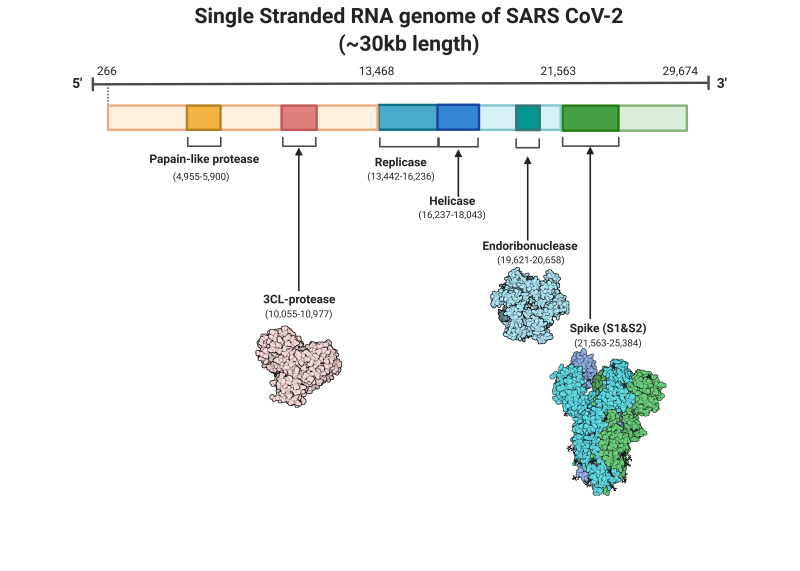



Figure Single Stranded Rna Genome Of Sars Cov2 Statpearls Ncbi Bookshelf
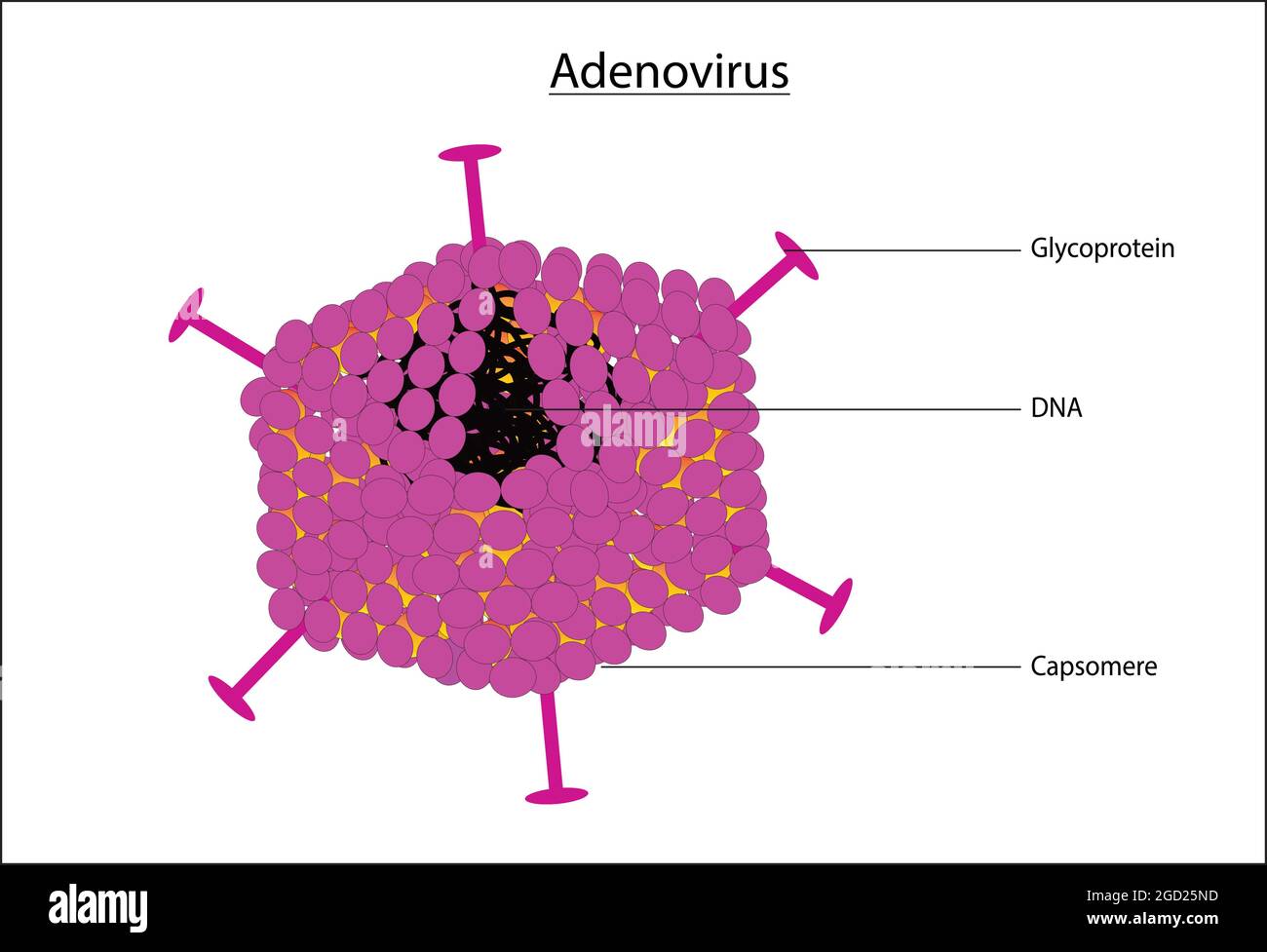



Double Stranded Rna Virus High Resolution Stock Photography And Images Alamy
Most viruses have either RNA or DNA as their genetic material The nucleic acid may be single or doublestranded The entire infectious virus particle, called a virion, consists of the nucleic acid and an outer shell of protein The simplest viruses contain only enough RNAReplication occurs in host cytoplasm and converts ssmRNA to dsgenomic RNA But dsRNA is a kind of molecule that cells do not produce, and eukaryotic hosts have various antiviral systems that detect and inactivate dsRNA To circumvent this defenses, many dsRNA viruses are replicating their RNA inside icosahedral capsids195 (2)481–491 Shen LX, Cai Z, Tinoco I, Jr RNA structure at high resolution FASEB J 1995 Aug;




Sars Cov 2 Induces Double Stranded Rna Mediated Innate Immune Responses In Respiratory Epithelial Derived Cells And Cardiomyocytes Pnas




Double Stranded Rna Virus Outer Shell Assembly By Bona Fide Domain Swapping Nature Communications
• Size • Between 300 nm diameter • Basic shape • Rodlike • "Spherical" • Genomic material • DNA or RNA never both • Single or doublestranded Structure of Viruses Jawetz, Melnick, & Adelberg's, Medical Microbiology, TwentySixth Edition 10In a double stranded RNA form, retroviruses infect a host cell with their genome, and then are reverse transcribed into double stranded DNA, with the DNA then integrated into the home cell genome When integrated into a host genome, a retrovirus is hard to detect and can lay dormant for prolonged periods, having no discernible effect on the host Trichomonas vaginalis, the causative pathogen for the most common nonviral sexually transmitted infection worldwide, is itself frequently infected with one or more of the four types of small doublestranded RNA (dsRNA) Trichomonas vaginalis viruses (TVV1 to 4, genus Trichomonasvirus, family Totiviridae) Each TVV encloses a nonsegmented genome within a
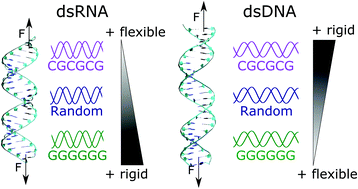



Sequence Dependent Mechanical Properties Of Double Stranded Rna Nanoscale Rsc Publishing




Positive Strand Rna Viruses In Animals Boundless Microbiology
Mycoviruses are a diverse group that includes ssRNA, dsRNA, and ssDNA viruses, with or without a protein capsid, as well as with a complex envelope Most mycoviruses are transmitted by cytoplasmic interchange and are thought to lack an extracellular phase in their infection cycle Structural analysi9 (11)1023–1033 Sich C, Ohlenschläger O, Ramachandran R, Görlach M, Brown LRTrichomonas vaginalis, the causative pathogen for the most common nonviral sexually transmitted infection worldwide, is itself frequently infected with one or more of the four types of small doublestranded RNA (dsRNA) Trichomonas vaginalis viruses (TVV1 to 4, genus Trichomonasvirus, family Totiviridae)Each TVV encloses a nonsegmented genome within a singlelayered capsid and




8 Replication Of Positive Stranded Rna Virus Youtube




22 The Viruses Biology Libretexts
Shen Y, Bruenn JA RNA structural requirements for RNA binding, replication, and packaging in the yeast doublestranded RNA virus Virology 1993 Aug;The type of genetic material (DNA or RNA) and its structure (single or doublestranded, linear or circular, and segmented or nonsegmented) are used to classify the virus core structures (Table 2)) Table 2 Virus Classification by Capsid Structure The genomic content of viruses can be made of RNA or DNA and can be singlestranded or doublestranded All viruses have genetic material made of nucleic acidsYou, like all other cellbased life, use DNA as your genetic material Viruses, on the other hand, may use either RNA or DNA, both of which are types of nucleic acid Two differences distinguish DNA from RNA RNA




Virus Classification Accessscience From Mcgraw Hill Education
/dna-versus-rna-608191_sketch_Final-54acdd8f8af04c73817e8811c32905fa.png)



The Differences Between Dna And Rna
Doublestranded RNA Viruses Structure and Molecular Biology Edited by John T Patton Laboratory of Infectious Diseases, NIAID, NIH, Bethesda, MD , USA Published January 08 Pages x 374 Hardback ISBN £159, $319 Published by Caister Academic Press wwwcaistercom




Viral Activators Of The Inflammasome Dna And Rna Viruses Carry Viral Download Scientific Diagram




Ppt Double Strand Rna Viruses Powerpoint Presentation Free Download Id




Virus Structure And Replication




Rna Dependent Rna Polymerase Rdrp A Promising Therapeutic Target For Cancer And Potentially Covid 19 Machitani Cancer Science Wiley Online Library




Host Factors In Positive Strand Rna Virus Genome Replication Journal Of Virology
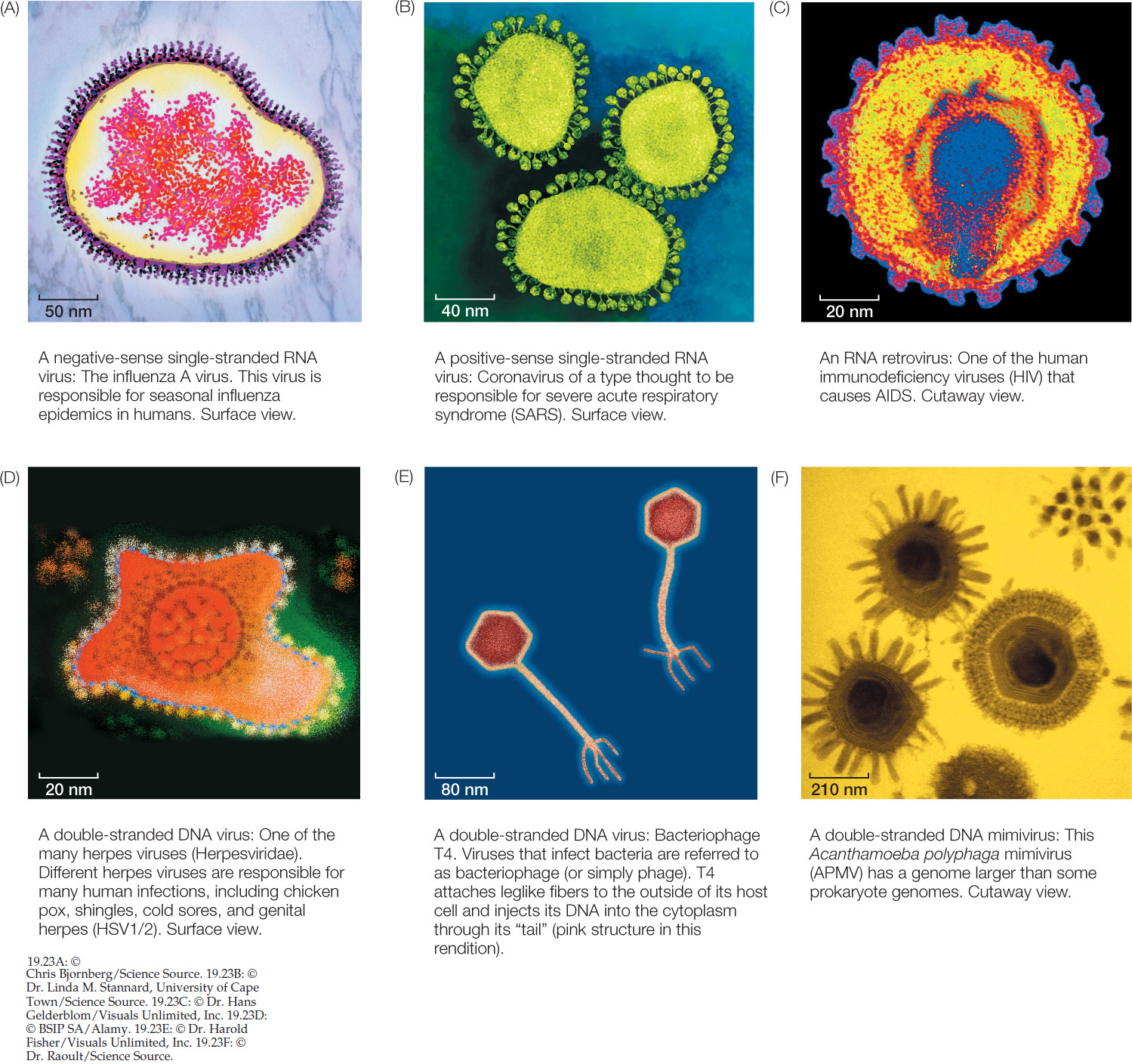



Hillis2e Ch19




Rna Viruses All Are Ss Single Stranded Except Reoviridae All Replicate In The Cytoplasm Except Orthomyxoviruses In Some Process Ppt Download




22 The Viruses Biology Libretexts
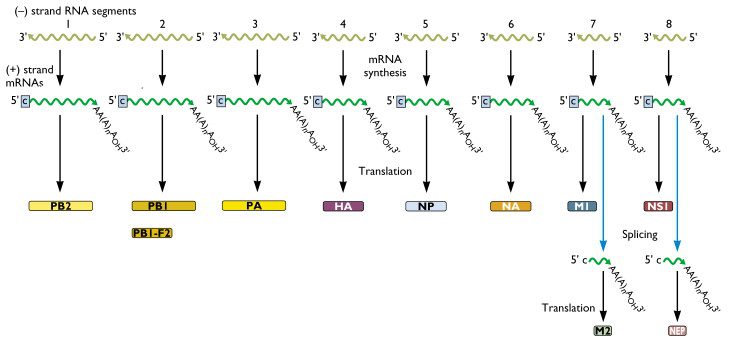



Influenza Virus Rna Genome




Parallels Among Positive Strand Rna Viruses Reverse Transcribing Viruses And Double Stranded Rna Viruses Nature Reviews Microbiology
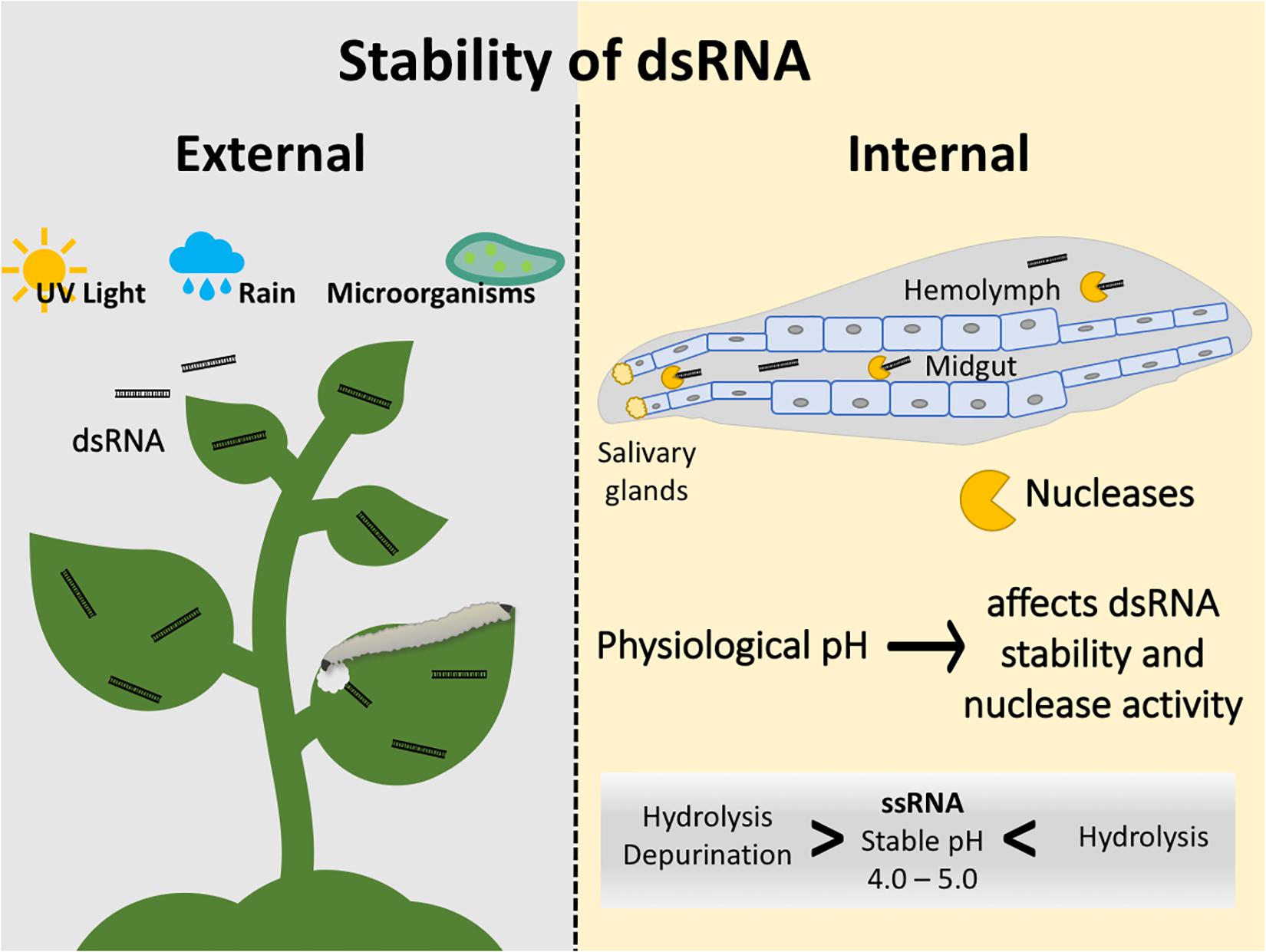



Frontiers Double Stranded Rna Technology To Control Insect Pests Current Status And Challenges Plant Science



Title




Viruses Join The Circular Rna World Tan 21 The Febs Journal Wiley Online Library
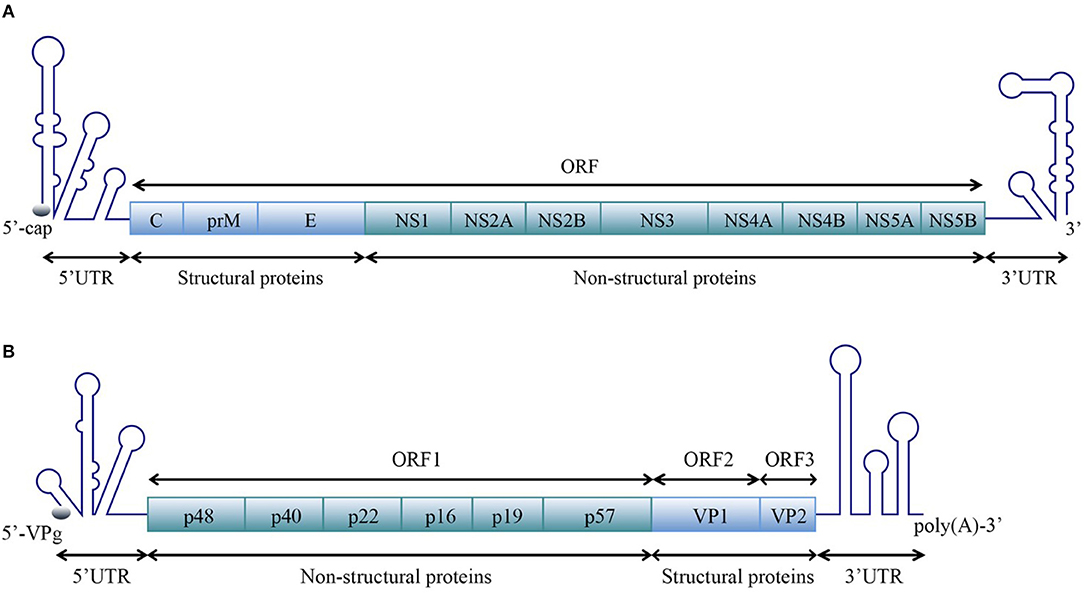



Frontiers Structures And Functions Of The 3 Untranslated Regions Of Positive Sense Single Stranded Rna Viruses Infecting Humans And Animals Cellular And Infection Microbiology




Viral Nonstructural Proteins An Overview Sciencedirect Topics




Cystoviridae Cystoviridae Dsrna Viruses Ictv
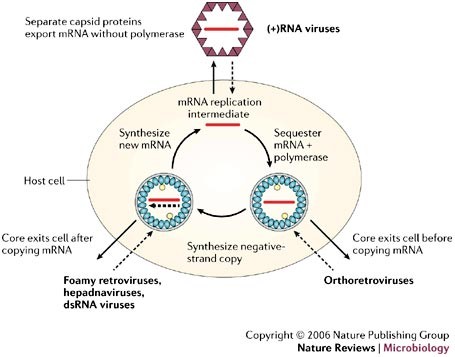



Parallels Among Positive Strand Rna Viruses Reverse Transcribing Viruses And Double Stranded Rna Viruses Nature Reviews Microbiology




Human Nlrp1 Is A Sensor For Double Stranded Rna




10 Replication Of Dsrna Virus Youtube
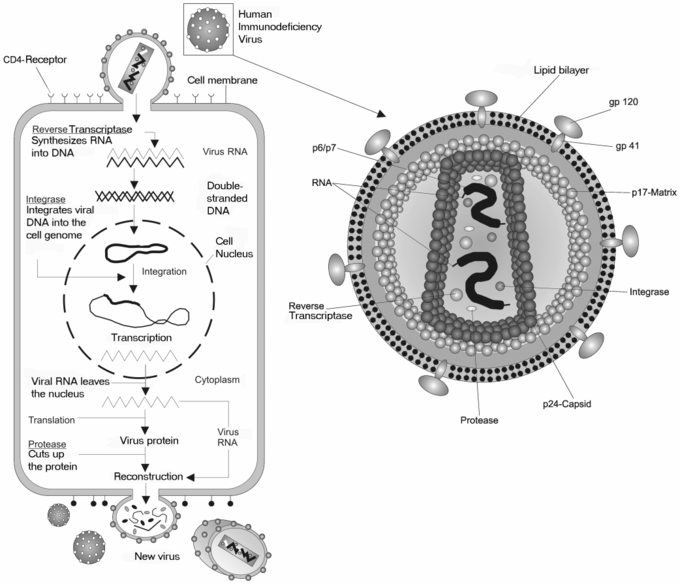



Retroviruses Double Stranded Rna Viruses Boundless Microbiology



Single Stranded Rna




Double Stranded Dna Virus An Overview Sciencedirect Topics
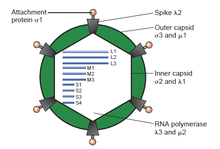



Rna Virus Wikipedia




Positive Strand Rna Viruses In Animals Boundless Microbiology




Segmented Double Stranded Rna Viruses Structure And Molecular Biology Patton John T Amazon Com Books




Difference Between Ssrna And Dsrna Compare The Difference Between Similar Terms
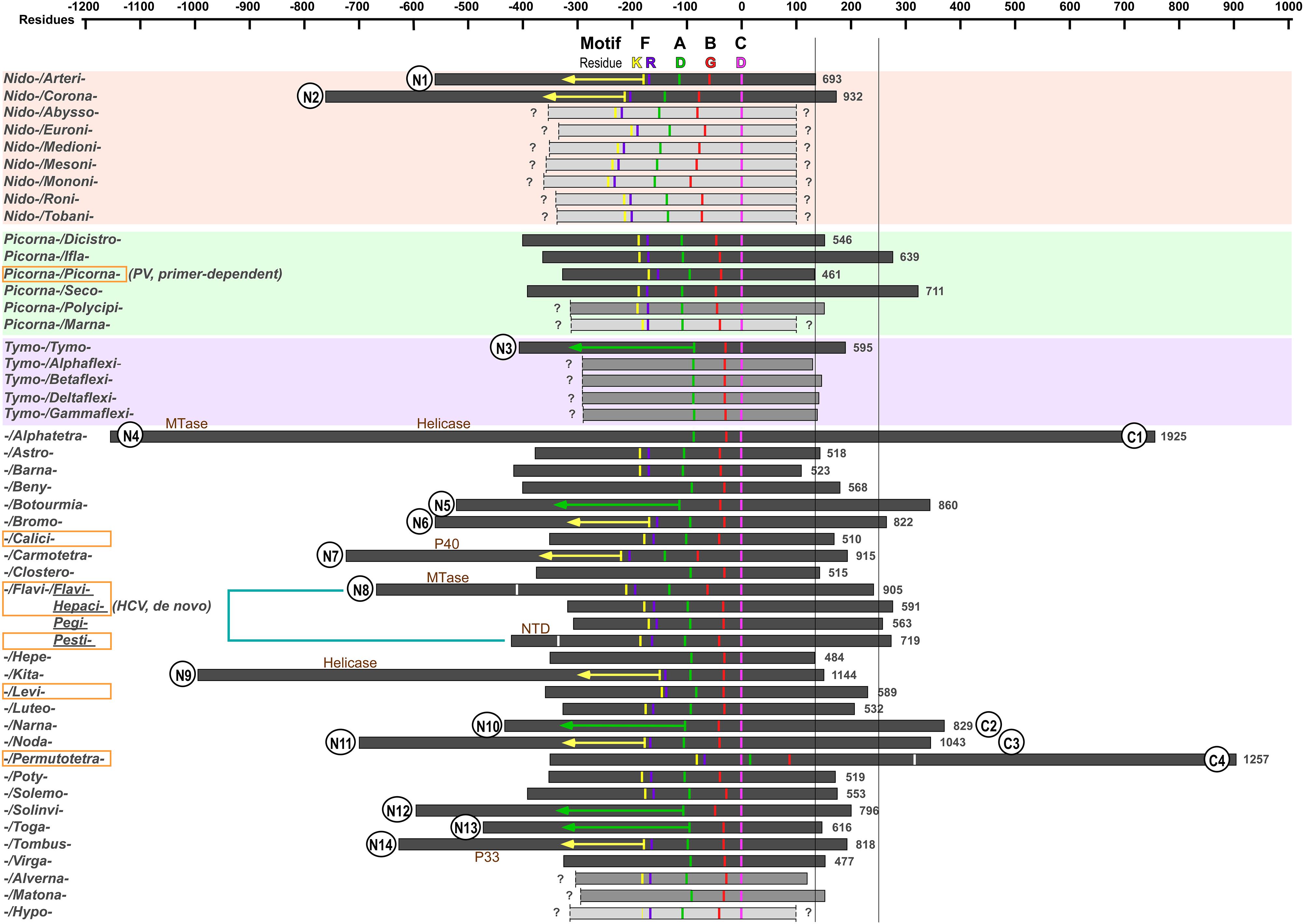



Frontiers A Structure Function Diversity Survey Of The Rna Dependent Rna Polymerases From The Positive Strand Rna Viruses Microbiology




Double Stranded Rna Is Detected By Immunofluorescence Analysis In Rna And Dna Virus Infections Including Those By Negative Stranded Rna Viruses Journal Of Virology
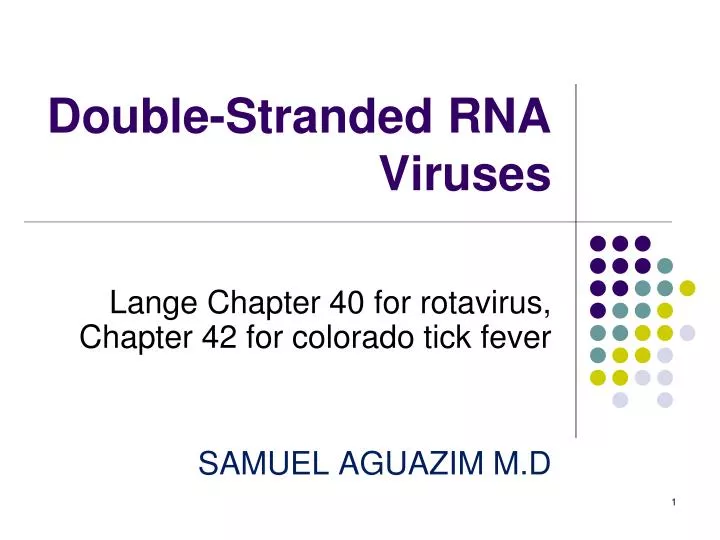



Ppt Double Stranded Rna Viruses Powerpoint Presentation Free Download Id




Double Membrane Vesicles As Platforms For Viral Replication Trends In Microbiology




Segmented Double Stranded Rna Viruses Structure And Molecular Biology
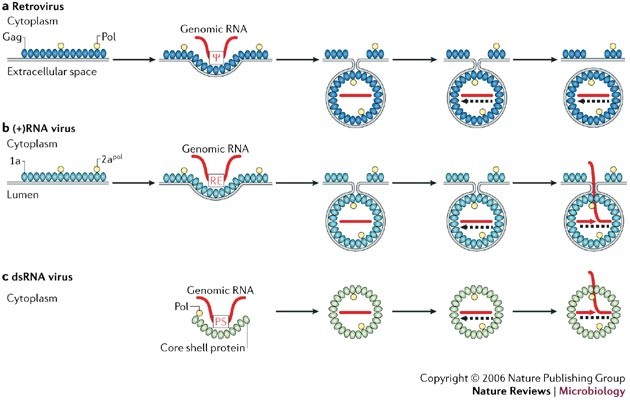



Parallels Among Positive Strand Rna Viruses Reverse Transcribing Viruses And Double Stranded Rna Viruses Nature Reviews Microbiology
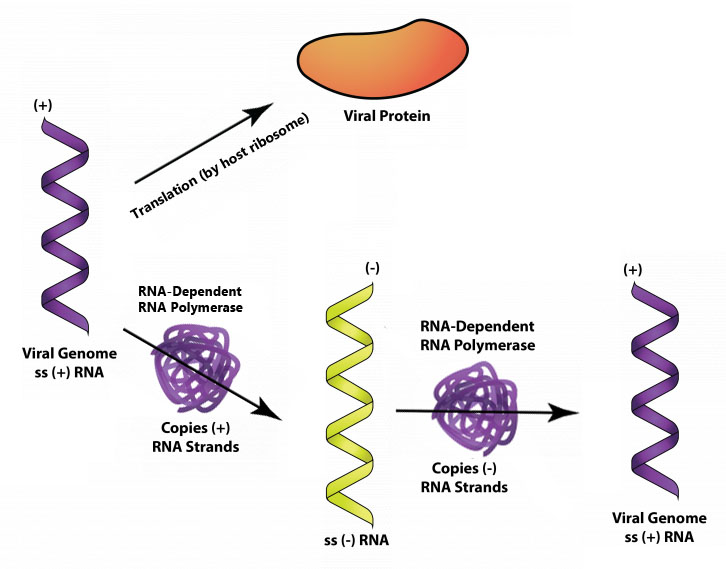



The Viruses General Microbiology
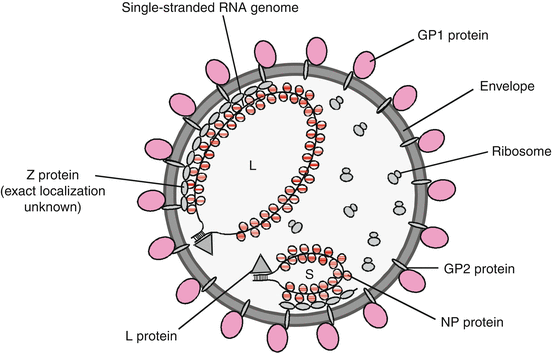



Viruses With Single Stranded Segmented Negative Sense Rna Genomes Springerlink



1




Viral Genomes Virus A Virus Is A Noncellular




Crispr Csy4 Mediated Editing Of Rotavirus Double Stranded Rna Genome Sciencedirect
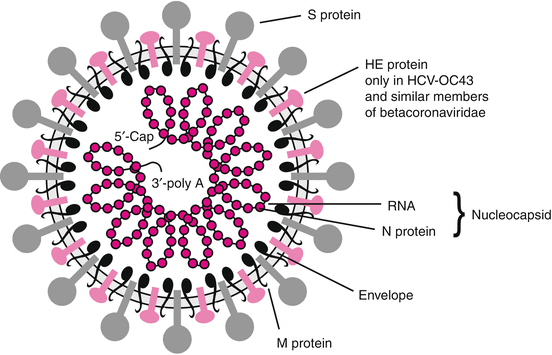



Viruses With Single Stranded Positive Sense Rna Genomes Springerlink




Double Stranded Rna Viruses Wikipedia




Figure 1 From Parallels Among Positive Strand Rna Viruses Reverse Transcribing Viruses And Double Stranded Rna Viruses Semantic Scholar
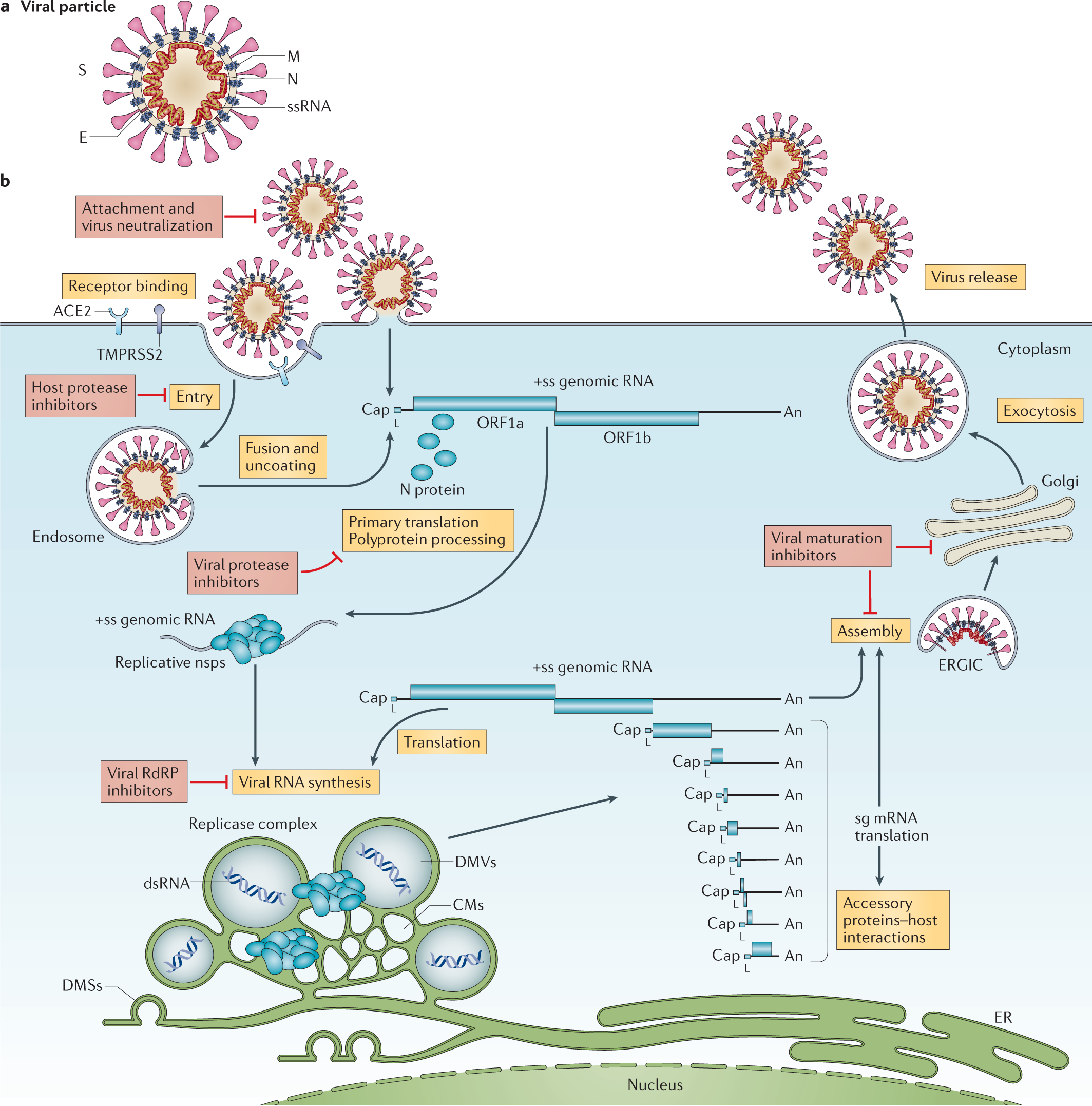



Coronavirus Biology And Replication Implications For Sars Cov 2 Nature Reviews Microbiology
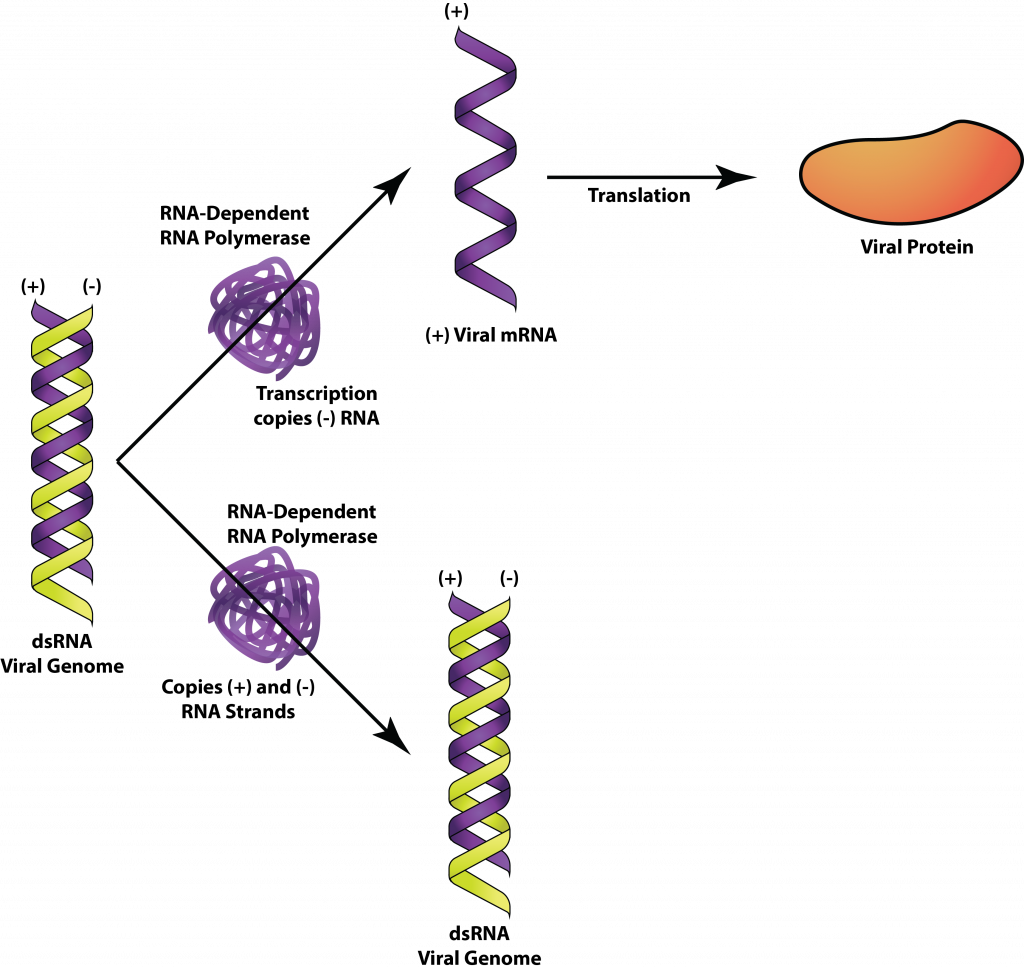



The Viruses General Microbiology




Segmented Double Stranded Rna Viruses Structure And Molecular Biology Patton John T Amazon Com Books




Coronavirus Endoribonuclease Targets Viral Polyuridine Sequences To Evade Activating Host Sensors Pnas




Reoviridae Wikipedia




Availableprotein 3d Structures Of Ssrna And Dsrna Virus Families Download Table




22 The Viruses Biology Libretexts




Origins And Evolution Of The Global Rna Virome Mbio




Double Stranded Rna Under Force And Torque Similarities To And Striking Differences From Double Stranded Dna Pnas




Double Stranded Rna An Overview Sciencedirect Topics




Analysis Of Double Stranded Rna From Microbial Communities Identifies Double Stranded Rna Virus Like Elements Sciencedirect




Icgeb The Genome Of A Double Stranded Rna Virus Is Edited For The First Time
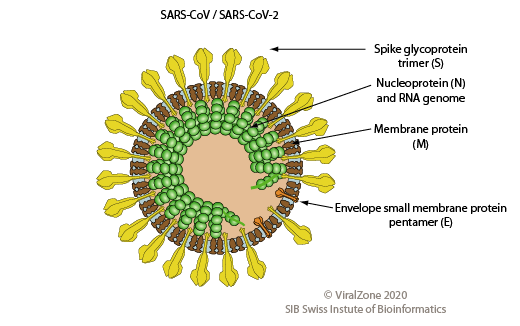



Virus Understanding From Science Perspective By Rajneesh Aggarwal Leadkaro Medium




Reverse Genetics Of Negative Strand Rna Viruses Closing The Circle Pnas




General Virology Knowledge Amboss




Double Stranded Rna An Overview Sciencedirect Topics
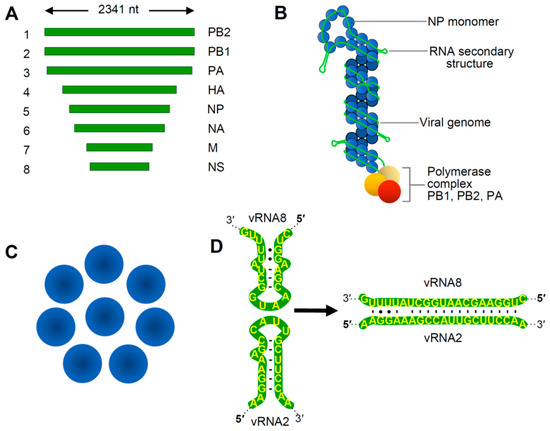



Viruses Free Full Text Trans Acting Rna Rna Interactions In Segmented Rna Viruses Html
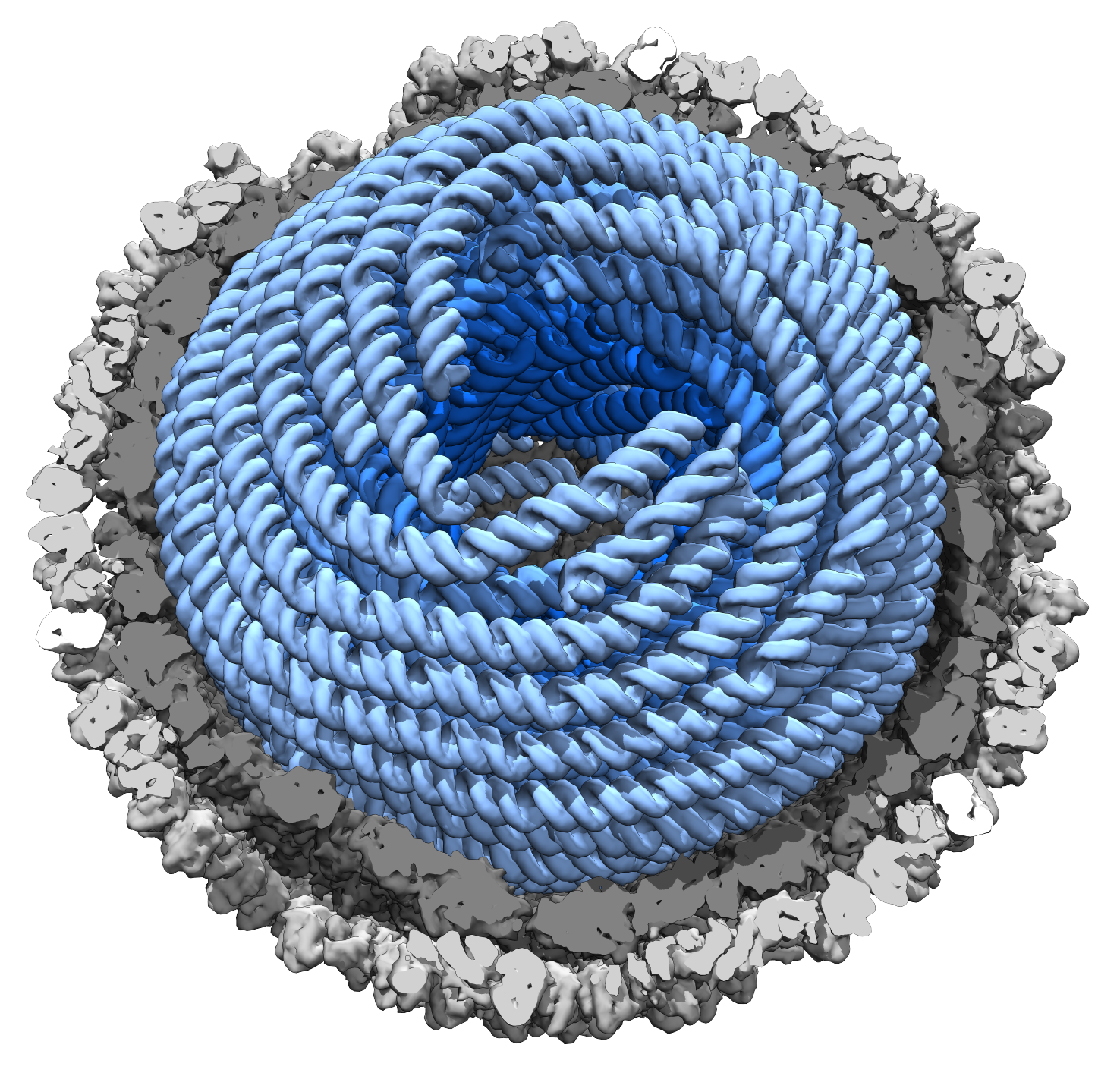



Detailed Genome Structure Of Dsrna Virus Paves The Way For New Antiviral Drugs Instruct Eric



1




Double Stranded Rna An Overview Sciencedirect Topics
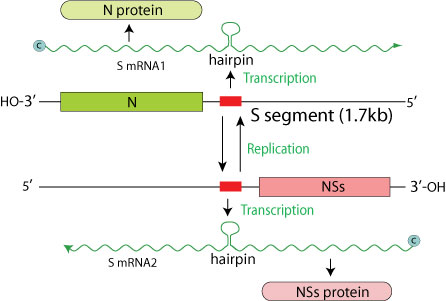



Ambisens Transcription Viralzone




10 4 Classification Of Viruses Biology Libretexts




Structure Of Rna Polymerase Complex And Genome Within A Dsrna Virus Provides Insights Into The Mechanisms Of Transcription And Assembly Pnas
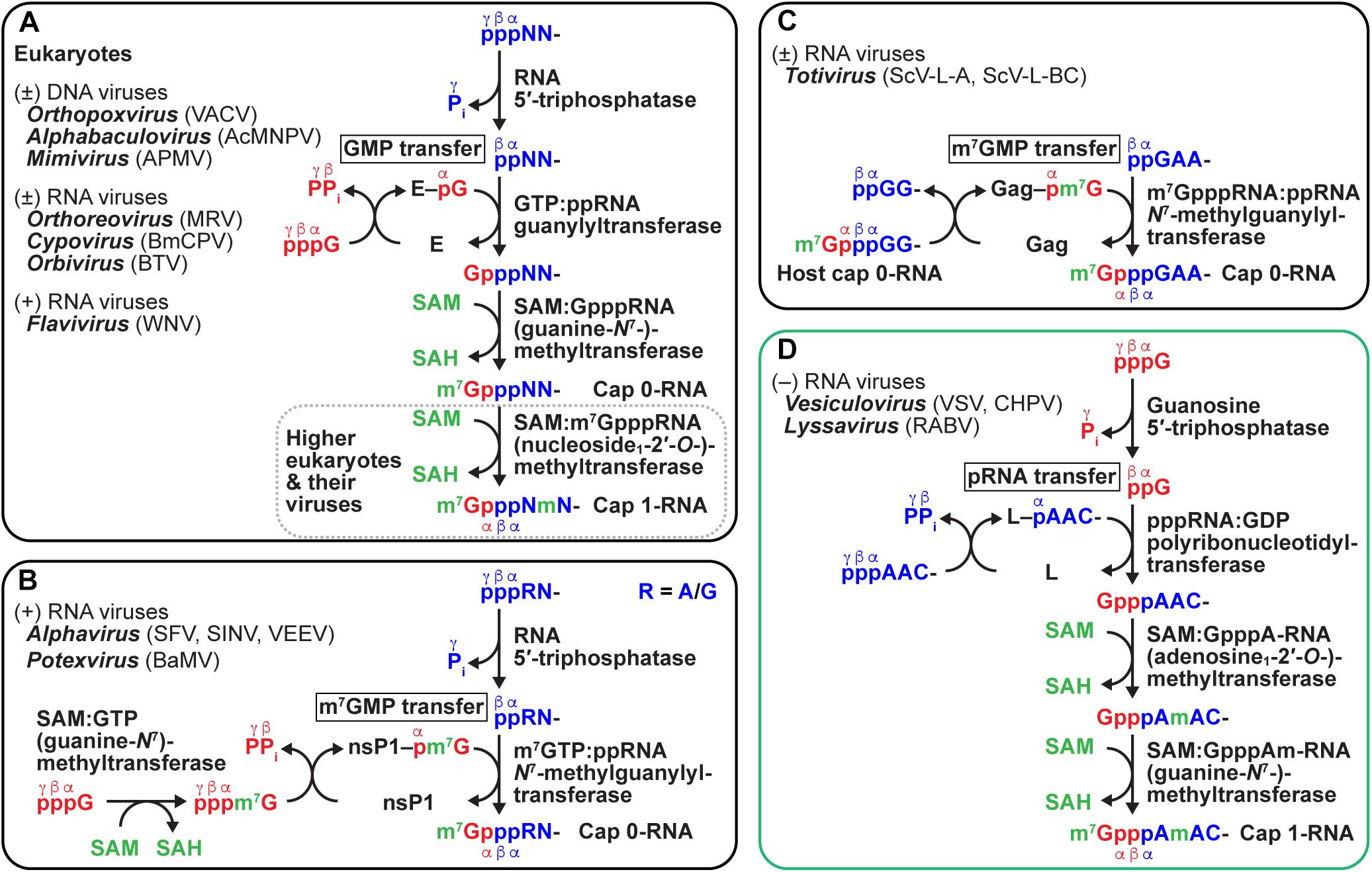



Frontiers Rna Synthesis And Capping By Non Segmented Negative Strand Rna Viral Polymerases Lessons From A Prototypic Virus Microbiology
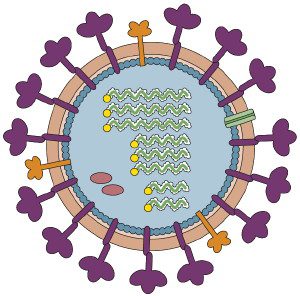



Origin Of Segmented Rna Virus Genomes




Virus Classification Accessscience From Mcgraw Hill Education




Solved What Is The Genomic Structure Of Viruses Grouped In Chegg Com




Replication Of Rna Virus Youtube
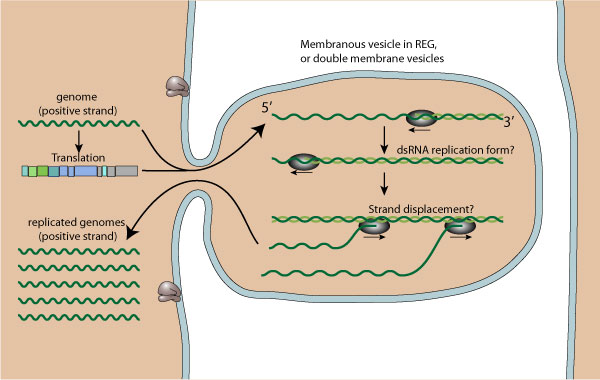



Rna Virus Replication Transcription Viralzone




Rna Virus Wikipedia
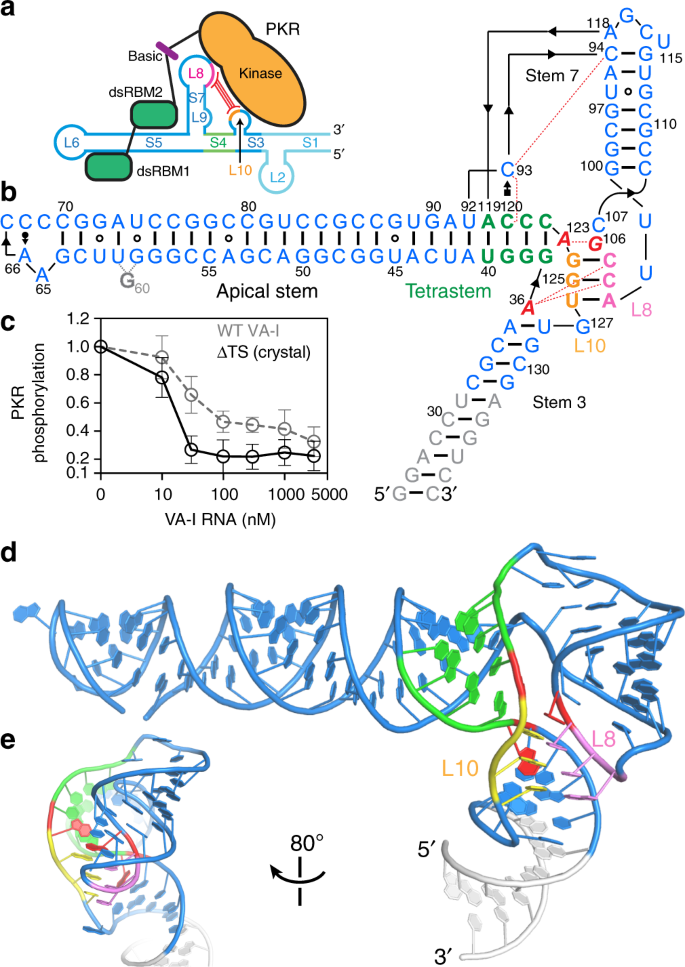



Crystal Structure Of An Adenovirus Virus Associated Rna Nature Communications




Rig I Detects Viral Genomic Rna During Negative Strand Rna Virus Infection Cell




Schematic Model Of Single Stranded Positive Sense Rna Viruses Download Scientific Diagram




Replication Strategies Of Different Kinds Of Rna Viruses Are Shown A Download Scientific Diagram
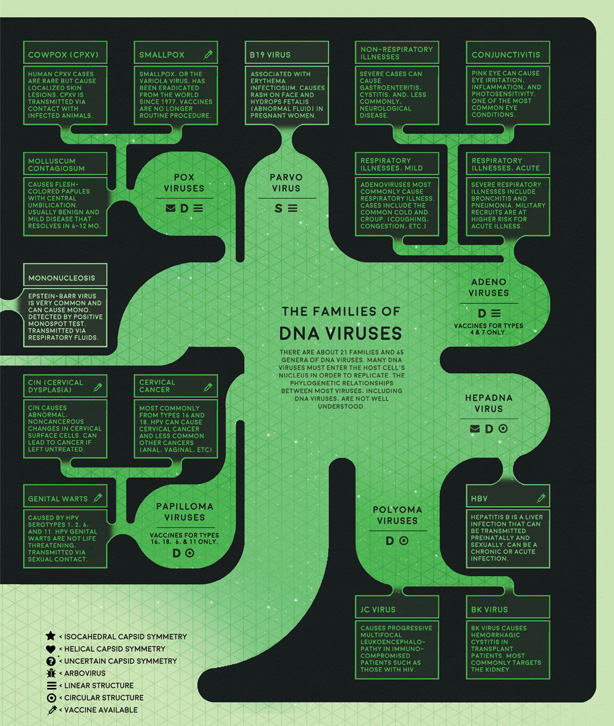



Viruses And Vaccines A Basic Flowchart Of Viral Families American Scientist




In Situ Structures Of Rna Dependent Rna Polymerase Inside Bluetongue Virus Before And After Uncoating Pnas
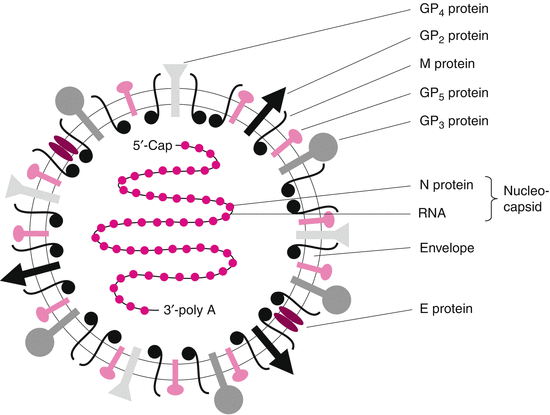



Viruses With Single Stranded Positive Sense Rna Genomes Springerlink




Availableprotein 3d Structures Of Ssrna And Dsrna Virus Families Download Table




Origins And Evolution Of The Global Rna Virome Mbio
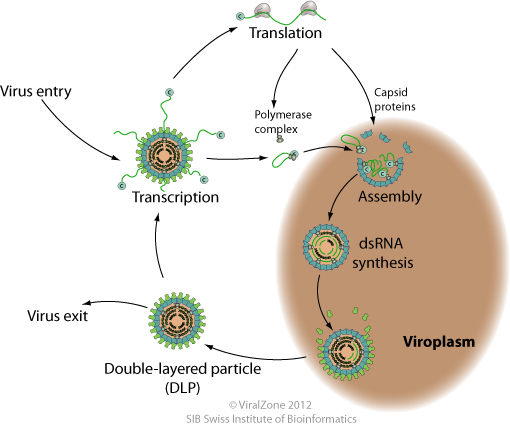



Dsrna Replication Transcription Viralzone




Inactivation Of The Type I Interferon Pathway Reveals Long Double Stranded Rna Mediated Rna Interference In Mammalian Cells The Embo Journal
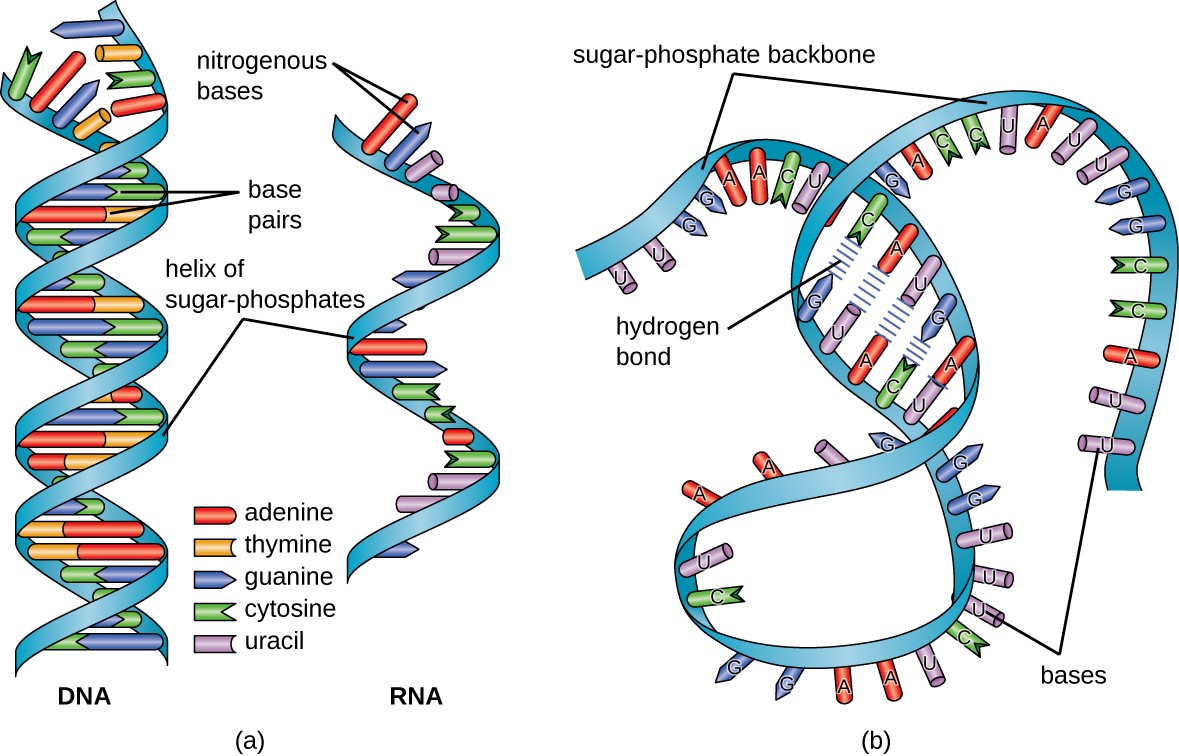



Structure And Function Of Rna Microbiology
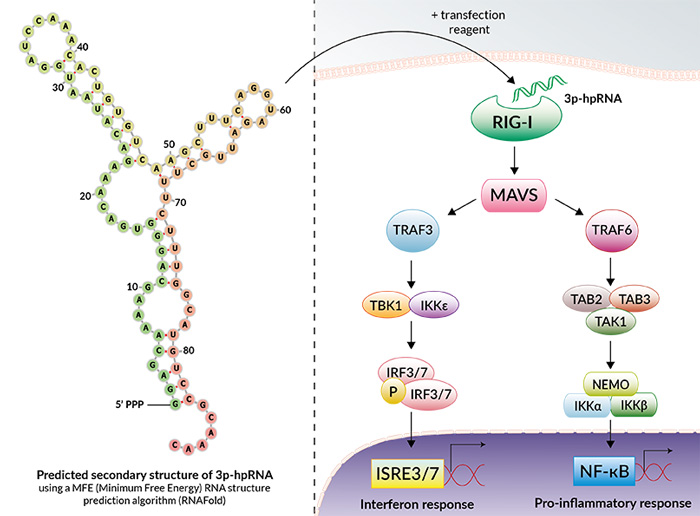



5 Triphosphate Hairpin Rna Rig I Agonist Invivogen




Self Rna Sensing By Rig I Like Receptors In Viral Infection And Sterile Inflammation The Journal Of Immunology



0 件のコメント:
コメントを投稿